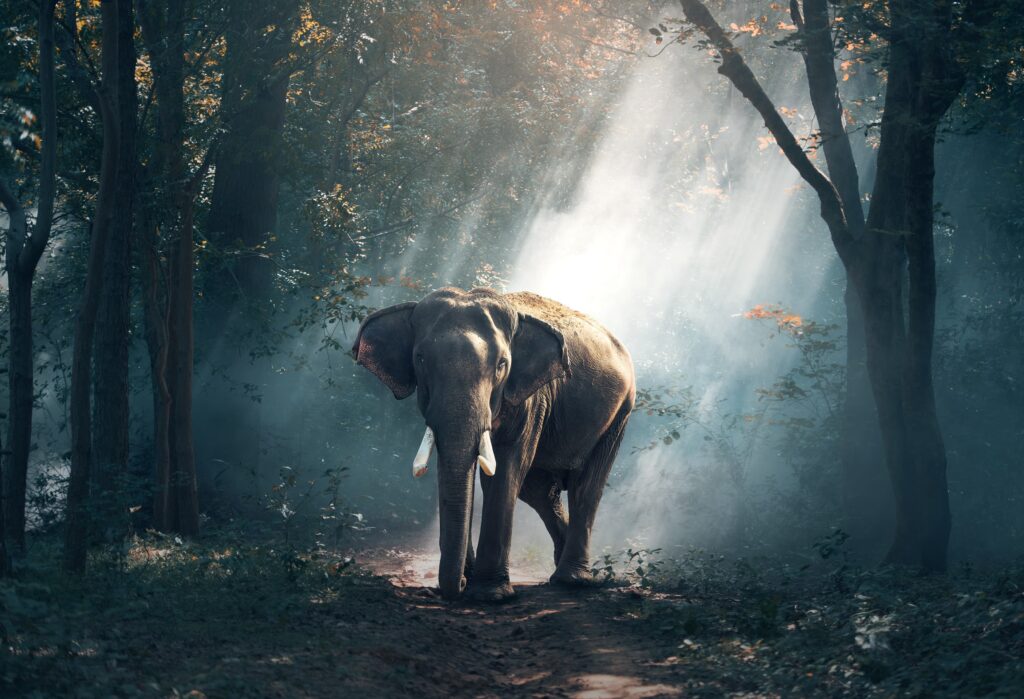Proposals for amendments to the Red Data Book are received from state agencies, organizations, and individuals. The Ministry of Natural Resources considers them and sends them to the Academy of Sciences or other scientific organizations to obtain expert opinions. The amendments approved by the experts are approved by the Commission of the Ministry of Natural Resources and agreed with the Ministry of Agriculture.
Grounds for inclusion of animals in the Red Book may be critical reduction in their population and other information confirming the need for protection. The list of populations to be included in the regional Red Data Book is approved by the authorized regional organizations. For example, in the region a Commission on Rare Species of Flora and Fauna was created. It includes representatives of the Ministry of Ecology and Nature Management, as well as experts:
ornithologists, who study birds;
Theriologists specializing in mammals;
herpetologists, engaged in the study of amphibians and reptiles;
Mycologists – specialists in fungi;
ichthyologists – experts in fish and cyclostomes (non-mandibular vertebrates – lampreys and hagfish).
Given the biodiversity and the scale of our country’s territory, the updates of the Red Book are discussed by experts from more than 70 organizations. Specialists monitor population dynamics, collect information on scientific discoveries, news and ecological problems.
Data on the number of animals in hunting farms are provided by the owners of these farms, and in public hunting areas by government agencies. If the number of species has reached critical values, their hunting is restricted or completely stopped.
Categories of rare species
Rare populations included in the Red Data Book are divided into six categories from 0 to 5:
0 – probably extinct. Species not found in the wild for a certain period of time (50 years for vertebrates and 100 years for invertebrates). Monk seal, striped hyena, Przewalski’s wild horse, Atlantic sturgeon, and others are considered probably extinct.
1 – Endangered. Species whose numbers have reached critical levels. For example, reindeer, snow sheep, eastern longhorn, Indian porcupine.
2 – Declining in numbers and/or distribution. Numbers of Siberian ibex, Ussuri spotted deer, hermit bumblebees, owls and other populations are steadily declining. Therefore, they may soon fall into the first category.
3 – Rare (small) populations. They inhabit a limited territory or occur as single individuals that live at a considerable distance from each other. This category includes the Caspian seal, spectacled eider, Kamchatka grouse, Japanese crab and others.
4 – undetermined by status. Protected populations for which there is insufficient information collected to define the category, including killer whale, harbor porpoise, and gray dolphin.
5 – Recovering and recovering. Species that have increased in numbers naturally or as a result of conservation efforts. They are protected, but may soon be removed from the Red Book as saved from extinction.
